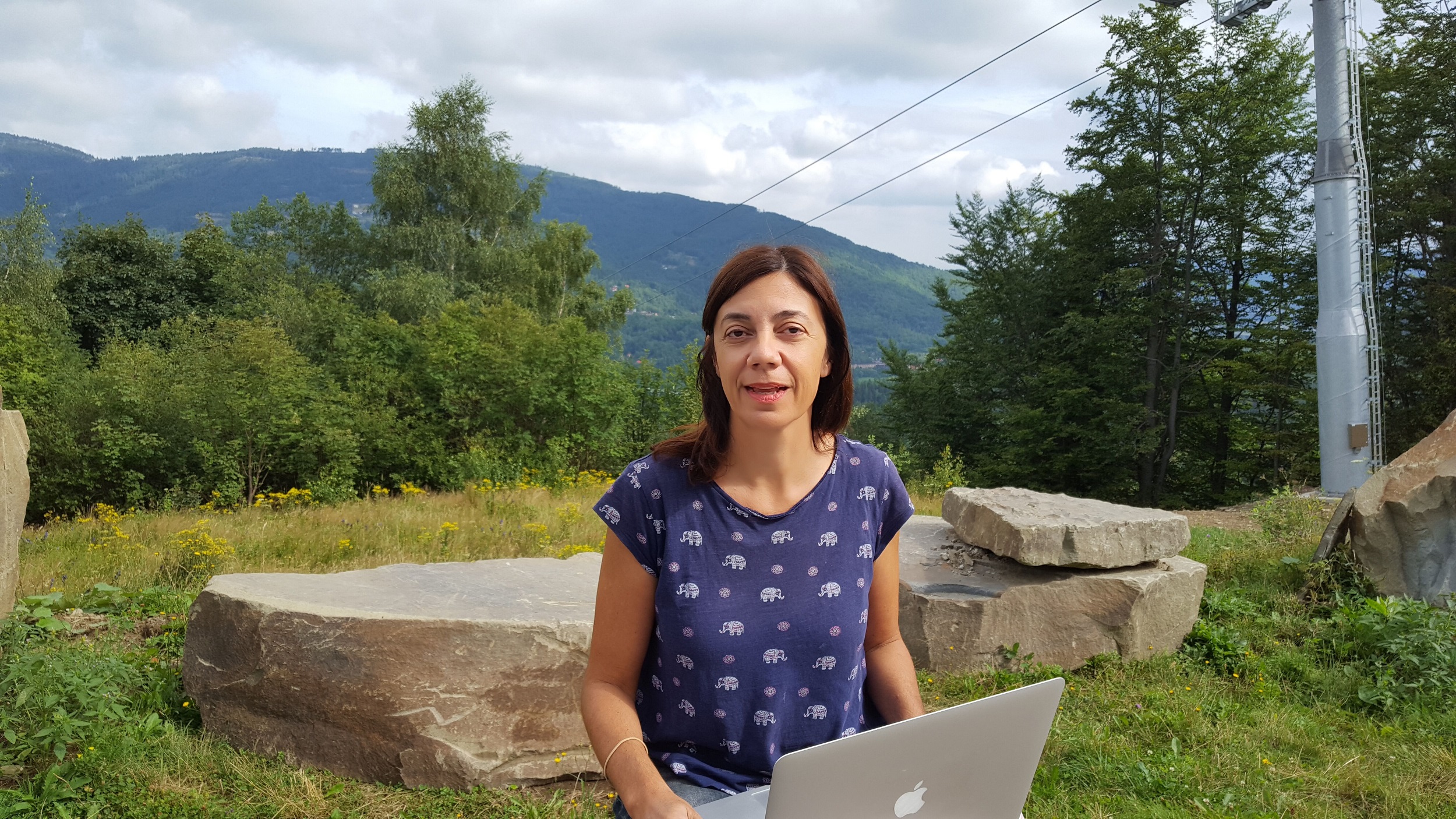Those of you following our Facebook page will know that our directors have been busy answering your content marketing questions. This week’s #AskCW video comes to you from Poland where Niki is discussing content localisation and thinking global acting local.
Did you know that 67% of brands don’t have a content localisation strategy for dealing with translations? Worse still, over half of all companies are using a somewhat unpredictable Google translate for their business needs. The problem is, translating word for word just doesn’t cut it because it doesn’t take into account local customs, expressions, preferences and people!
In case you missed it, here’s Niki talking about content localisation on this week’s #AskCW
Q. Over on Twitter – Isn’t content localisation easier for big brands with big budgets?
A. Actually, you’d be surprised how many big brand marketing fails there have been! UPS had to repaint its brown trucks for the Spanish market when they discovered they resembled local funeral hearses. Pepsi ads in Taiwan stated “Come Alive With Pepsi” not realising that the message translated to “Pepsi brings your ancestors back from the dead.” All this goes to show that big brands mess up their content localisation too! Clearly you want to be doing more than just translating words but actually adapting your content to get the correct message across.
This is even true of targeting the same language in different countries. For example, the English spoken in Australia, Britain and the US does have some grammatical differences but even more importantly they have different cultures. For example – a thong in Australia is a jandal in NZ, flip flops in the UK, plakkies in South Africa and in the US it can even show where you are from: “zories” on the East Coast, “clam diggers” in Texas, and “slippers” in Hawaii.
The lesson we need to take from this is that no matter how big or small your brand is, if you want to market yourself internationally, you need local expertise and input. Sometimes small brands find it easier to adapt to this than the big boys.
Q. On G+ – Aren’t translation companies really expensive?
A. They can be yes. Depending on the languages you want because the rarer languages such as Chinese and Japanese can become quite pricey. But this is more than just translations, this is content localisation. If your budget is tight then you need to accept that you won’t be able to target every single language on the planet but you don’t necessarily want to.
Your marketing plans should include a detailed specification of the regions you need to be targeting and from that you can work out which languages you need. You also need to consider whether you will be using separate social media accounts or targeting from one. The cost you will incur isn’t only the translations, it is also the marketing efforts to push them out. Think email funnels, social media accounts, offline marketing and website. Remember if your customer support team, landing pages and website cannot support the languages you are using on social media your efforts will probably produce a high bounce rate.
Q. On Linkedin – How do you begin to start researching a local culture?
A. Researching and understanding the cultures of your target regions is where many brands come unstuck because it takes time and effort. Which holidays do they celebrate? What engages them in discussion? What are their sports teams up to? Are there any subjects you should avoid? Did you know that here in Poland, pearls worn on a wedding day symbolise tears whilst in China clocks symbolise death and therefore shouldn’t be given as gifts or featured in adverts! Spending time in the region, running surveys, asking questions and working with local writers and marketers as we have done, will help you fine tune your best ideas and avoid faux pas.
Thanks to everyone who submitted questions, remember to keep sending your #askcw questions on Facebook, Twitter, Linkedin and G+.
To chat to us about localised marketing get in contact with us here.
